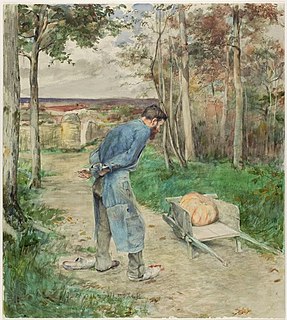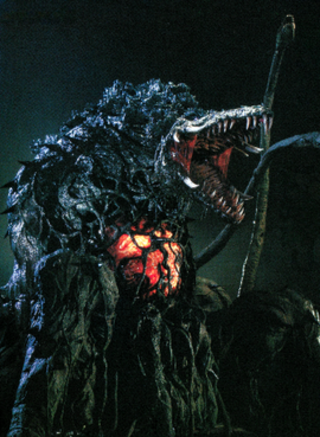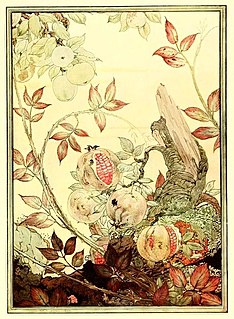 W
WThe Acorn and the Pumpkin, in French Le gland et la citrouille, is one of La Fontaine's Fables, published in his second volume (IX.4) in 1679. In English especially, new versions of the story were written to support the teleological argument for creation favoured by English thinkers from the end of the 17th century onwards.
 W
WBiollante is a rose hybrid kaiju who first appeared in Toho's 1989 film Godzilla vs. Biollante, and has since appeared in numerous licensed video games and comic books. The creature is portrayed as a genetically engineered clone of Godzilla spliced with the genes of a rose and a human. As the character was created during the end of the Cold War and a wane in the concerns over nuclear weapons represented by Godzilla, Biollante was conceived as a symbol of more contemporary controversies regarding genetic engineering.
 W
WThe Fir and the Bramble is one of Aesop's Fables and is numbered 304 in the Perry Index. It is one of a group in which trees and plants debate together, which also includes The Trees and the Bramble and The Oak and the Reed. The contenders in this fable first appear in a Sumerian debate poem of some 250 lines dating from about 2100 BCE, in a genre that was ultimately to spread through the Near East.
 W
W"The Gigantic Turnip" or "The Enormous Turnip" is a Russian folktale.
 W
WThe Green Snake and the Beautiful Lily is a fairy tale by Johann Wolfgang von Goethe published in 1795 in Friedrich Schiller's German magazine Die Horen. It concludes Goethe's novella rondo Conversations of German Emigrants (1795). Das Märchen is regarded as the founding example of the genre of Kunstmärchen, or artistic fairy tale. The story revolves around the crossing and bridging of a river, which represents the divide between the outer life of the senses and the ideal aspirations of the human being.
 W
WJayce and the Wheeled Warriors is a French/Canadian animated TV show which was first broadcast on TF1 on September 9, 1985. on the block Salut les p'tits loups !, and eventually on September 16, 1985 in the United States in syndication. It was produced by DIC Audiovisuel and animated by the Japanese animation studios Sunrise, Shaft, Studio Giants, Studio Look and Swan Production. The show, which ran for 65 thirty-minute episodes, was created to support Mattel's Wheeled Warriors toyline. The show had an ongoing plot which was left unresolved, with no series finale.
 W
WThe Mario franchise is a collection of video game series by Nintendo; while Nintendo is usually their developer and publishers, various series are usually developed by other third-party companies, such as Hudson Soft and Intelligent Systems. The games usually revolve around Mario, and usually involve the motif of Bowser kidnapping Princess Peach and Mario rescuing her, but the various characters have different plots and goals that vary from series; for example, the Luigi's Mansion series focuses on Luigi ridding his new mansion of ghosts, while Wario stars in games that center around his greed and desire for money and treasure.
 W
WThe plants in Middle-earth, the fictional world devised by J. R. R. Tolkien, are a mixture of real plant species with fictional ones. Middle-earth was intended to represent the real world in an imagined past, and in many respects its natural history is realistic.
 W
WThe Rose and the Amaranth is one of Aesop's Fables, numbered 369 in the Perry Index. It stands in contrast to those plant fables like The Oak and the Reed and The Trees and the Bramble in which the protagonists arrogantly debate with each other. But in this story, the lowly amaranth praises the rose for its beauty and reputation and is answered, equally humbly, that a rose's life is brief while the amaranth is everlasting.
 W
WThe Trees and the Bramble is a composite title which covers a number of fables of similar tendency, ultimately deriving from a Western Asian literary tradition of debate poems between two contenders. Other related plant fables include The Oak and the Reed and The Fir and the Bramble.
 W
WThe triffid is a fictional tall, mobile, carnivorous plant species, created by John Wyndham in his 1951 novel The Day of the Triffids, which has since been adapted for film and television. The word "triffid" has become a common reference in British English to describe large, invasive or menacing-looking plants.